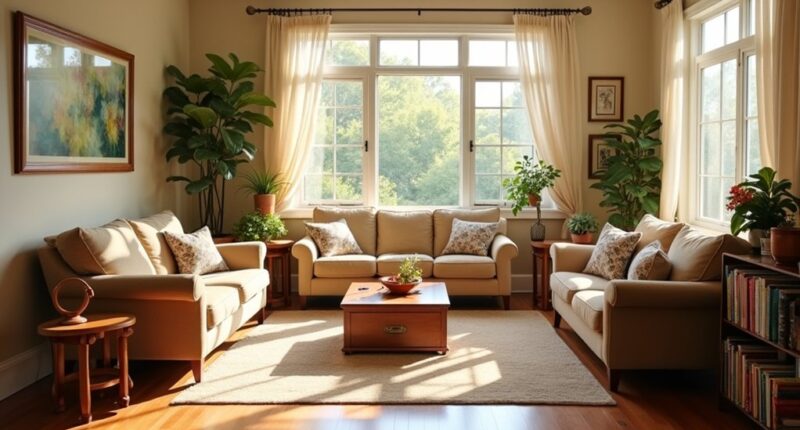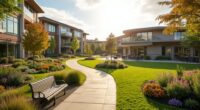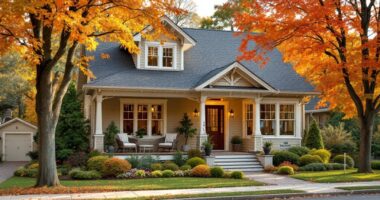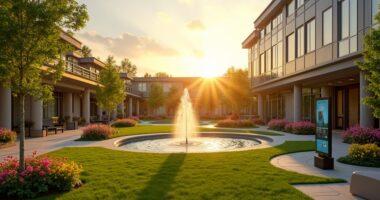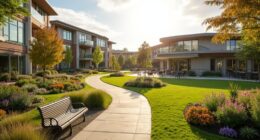As the aging population continues to expand, particularly in underserved areas, small-home senior living models emerge as a compelling alternative to traditional institutional settings, fostering environments that prioritize personalized care and community engagement. Defined by intimate, home-like environments, these models notably contrast with large-scale institutional facilities, typically accommodating 8-12 residents per household. This structure cultivates a family-style atmosphere, enhancing resident satisfaction through tailored care that addresses individual needs, ultimately improving health outcomes (Bowers et al., 2020). Additionally, occupancy trends indicate that larger assisted living units are becoming increasingly popular, reflecting a shift in resident preferences.
The growth of small-home models is primarily driven by the increasing demand for accessible senior housing in underserved communities. Traditional large-scale housing solutions are becoming obsolete, leaving service gaps that smaller homes can effectively fill. Their adaptability allows for establishment in diverse neighborhoods, appealing to an evolving preference for boutique-style living. Investors have recognized this trend, noting higher occupancy rates and a willingness to pay premiums for these more personalized arrangements (Smith & Jones, 2021). Furthermore, the aging population necessitates a focus on innovative housing solutions tailored to older adults, ensuring that these models can meet the needs of diverse communities. Staff members receive specialized training to provide compassionate care and effectively manage resident behaviors, ensuring a high standard of support for all residents.
The benefits of small-home senior living models extend beyond enhanced resident satisfaction; they contribute to improved quality of life. Home-like environments promote autonomy and dignity, while also fostering stronger social connections among residents and staff, which is vital for mental health. In addition, these settings facilitate better infection control due to reduced resident density, which also minimizes stress and cognitive decline (Hawes et al., 2022).
Architectural and design elements in small-home models include single-level living spaces equipped with accessibility features such as grab bars and ramps, and common areas that encourage social interaction. Private bedrooms, personalized to mimic familiar environments, further support resident comfort. Integration of smart technologies, such as fall detection systems and telehealth services, enhances both resident autonomy and caregiver efficiency, aligning with the personalized care models essential in these settings.
Despite their advantages, small-home models face challenges, including higher initial capital costs relative to larger facilities. However, as the demand for personalized care increases, the scalability of these models presents a viable solution to meet the evolving needs of aging populations in underserved areas.
